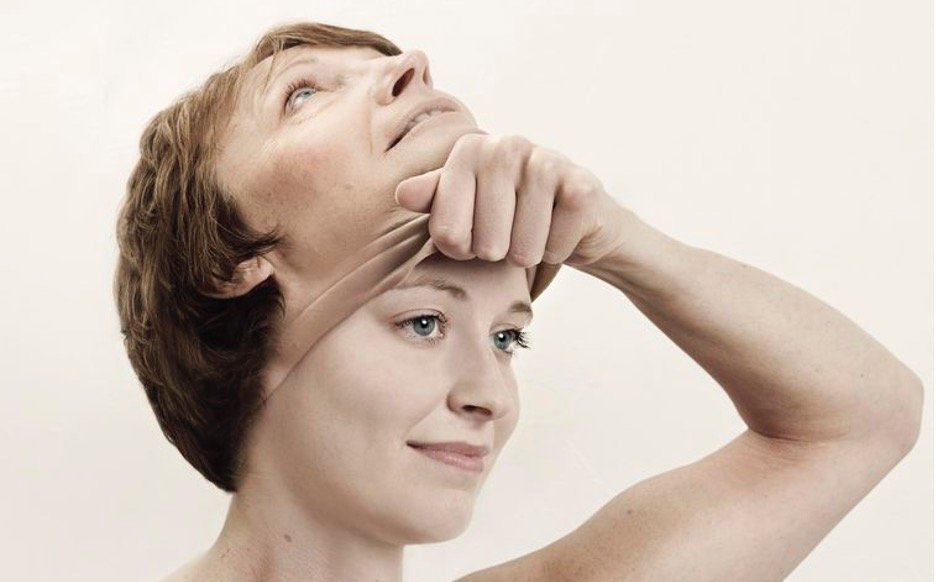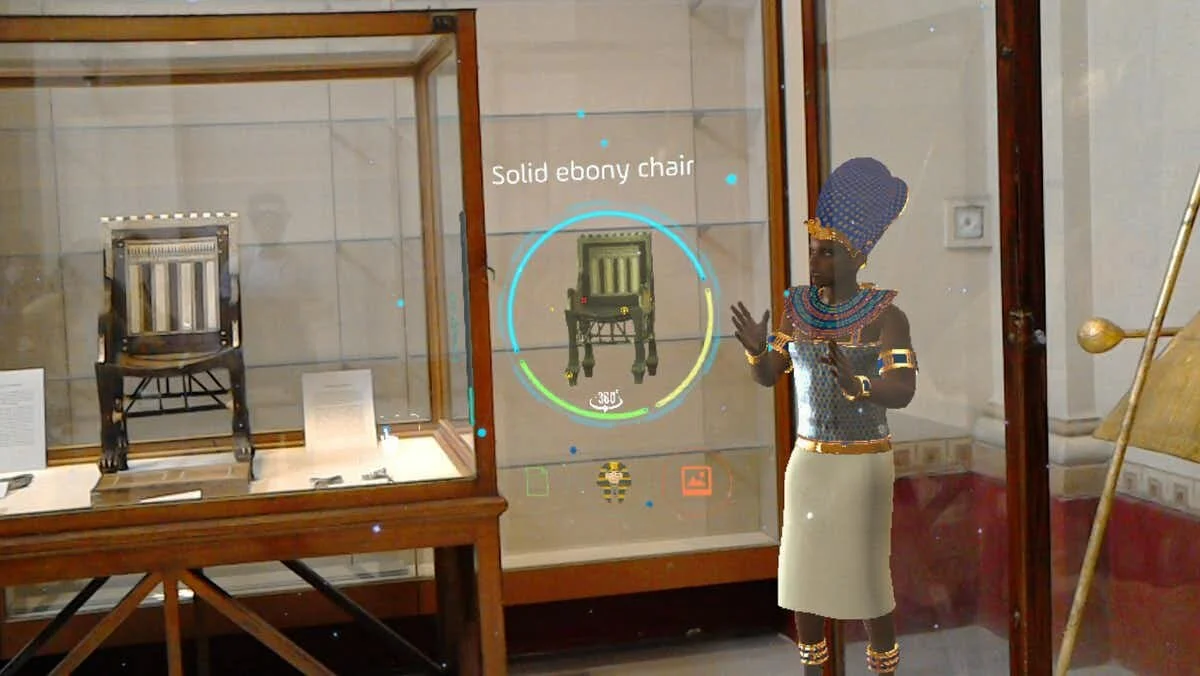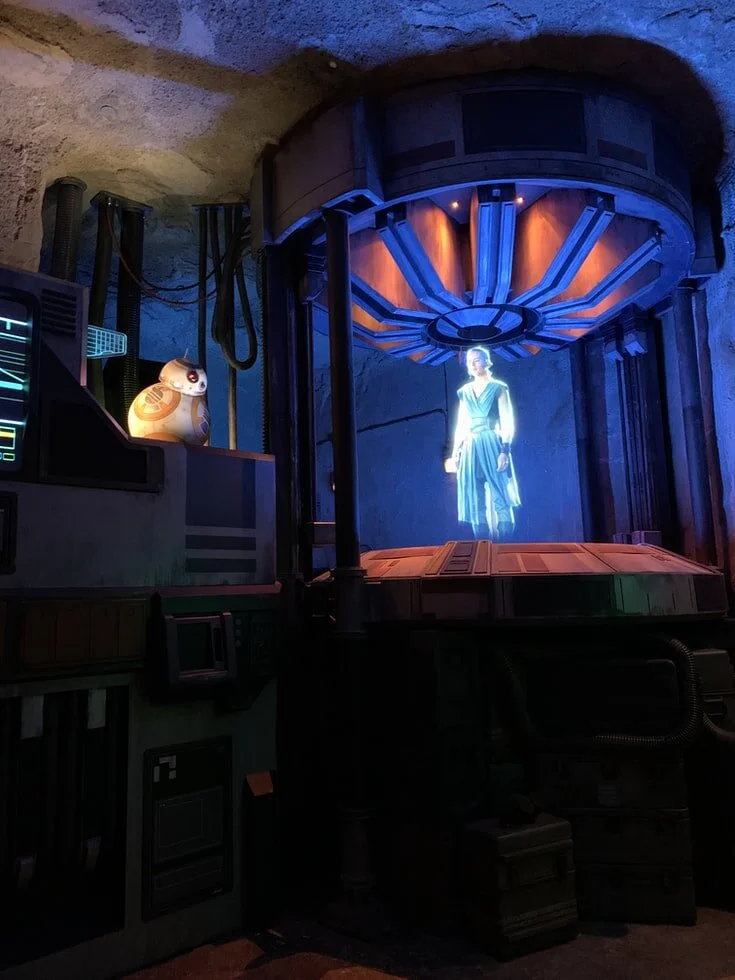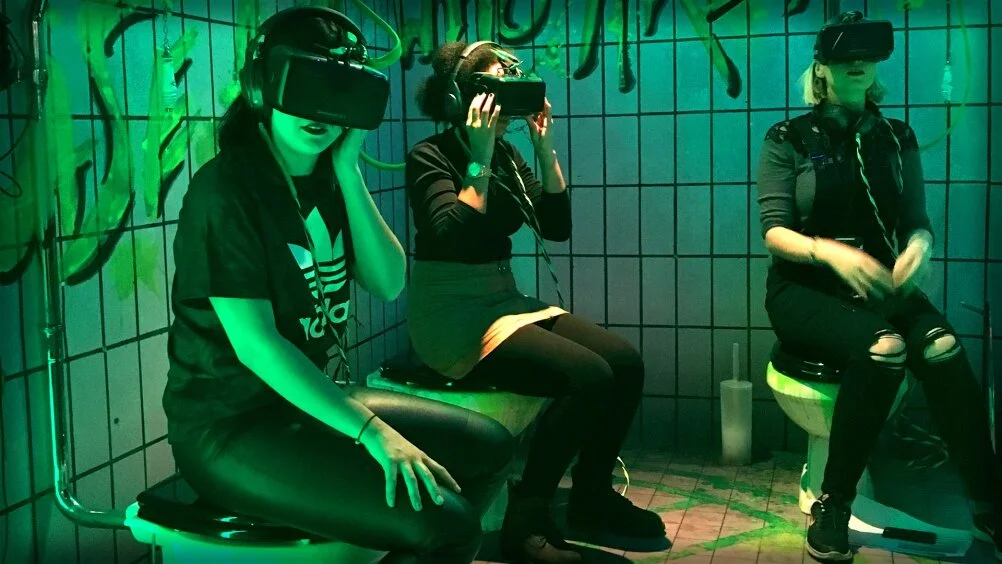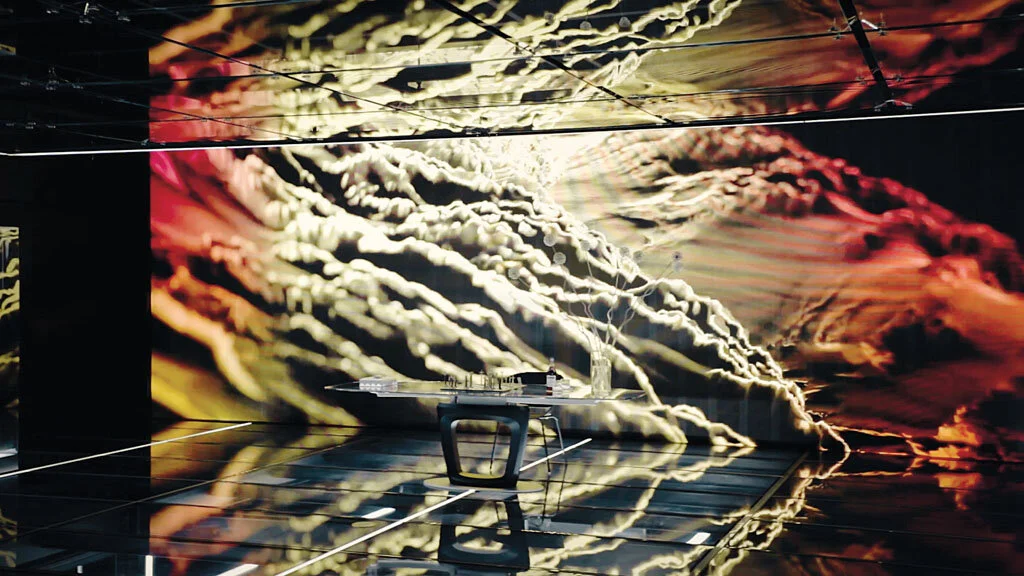These last two years have forced audiences to seek out arts opportunities and engagements through new mediums. Theatre organizations around the world closed their doors, forced to look for new ways to interact with their audiences. Many turned to digital content, such as streaming and livestreaming. While these two mediums appear to be similar, they are entirely different forms of media. “Livestreaming is when the streamed video is sent over the Internet in real-time, without first being recorded and stored.”[1] It allows for increased engagement with audiences and in many cases, livestreams allow for audiences to directly interact with the host through chat features, polls, and subscriptions.[2]
Can Computers Be Creative? A Look at AI Use in Music Composition
When we think about AI, it generally is with some amount of wariness. We’ve all seen too many science-fiction movies where sentient robots take over the world, but we’re mostly certain that the creativity needed for these sentient beings to overtake us doesn’t exist. Artists, musicians, and creatives especially have historically been comfortable with the knowledge that their livelihoods were not in danger of being replaced by AI because of the inherent creativity necessary in those industries… until now.
Living in a Deepfake World
Deepfakes, or AI-generated synthetic media, are becoming increasingly prominent in the digital age and are being used across industries more frequently than ever before. Unlike common uses of AI that modify existing media given, AI that generate Deepfakes attempt to simulate that media, often using an individual’s likeness as a source of AI learning. Deepfakes can be a fun experiment for swapping faces, but they present a wide variety of malicious uses that has permanently altered the trust and engagement of media. Thus, society must continue to challenge the validity of sources and find new ways to protect media and the truth.
What is MR and How Does it Create Exceptionally Immersive Experiences?
MR, or Mixed Reality, is appearing across the arts world, but its actual meaning is not well understood. A strong beginning includes a foundational understanding of the concepts of reality and virtuality. The future application of MR technology is unlimited, increasing the possibility of creating experiences that reflect what is seen in sci-fi films. While many practitioners believe that MR is the future, the technology lacks popularity in the consumer market. However, with the continuous development of MR technology, more cost-effective solutions will be found, and the future of a truly immersive experience will come.
Holograms: Where Physics & Art Collide
“Help me Obi-Wan Kenobi. You’re my only hope.” The iconic opening scenes from the original Star Wars film, A New Hope, epitomize what we think of when we consider the word “hologram.” In the minds of science fiction fans everywhere, the hologram is a concept that evokes feelings of wonder at the possibilities for technological advances. Whether someone is a fan of science fiction or not, it can be agreed that holograms have had a distinct impact on the arts. Although they were not initially intended for anything other than scientific use, holograms made their way into the public’s imagination and conjured up ideas of the future of technological advances.
NFTs Legal Considerations and Implications
In early 2021, the $69M sale of Everydays – The First 100 days, by Beeple, sprung NFTs from a niche but growing section of the digital art world into the mainstream public consciousness. Google searches for NFTs skyrocketed. Saturday Night Live spoofed the rapid sector growth with a parody of Emenim’s “Without Me” entitled “What the Hell’s an NFT.” A 10 second clip of the sketch was subsequently turned into an NFT which sold for $365,000. As pop culture awoke to and embraced this facet of the digital art world, so too has the urgency for artists, museums, and collectors to understand the rapidly evolving legal considerations within the NFT space.
Positive Implications of Deepfake Technology in the Arts and Culture
Deepfakes, one of the hottest topics to burst onto the technology scene in the last five years, have received a lot of negative publicity because of the risks they can present in the hands of bad actors. However, when used in good faith, they have many positive and exciting uses within the arts and culture sector. This report will briefly explain what deepfakes are and how they work, as well as some of their weaknesses and negative implications. Additionally, three case studies will examine the positive ways in which deepfakes can be used in artistic and cultural institutions.
How VR and AR are Changing the World of Immersive Theater
In the ever-changing and technologically advanced age that we are currently in, there are integrations of new technologies into our lives almost everyday, and the arts are no exception. The world of theater, especially that of immersive theater, has been experiencing a technological revolution of its own thanks to advancements in and the adoption of virtual reality (VR) and augmented reality (AR). Contributor Amelia Stevens explores this in her research.
AI Art and the Nature of Creation
The Four Technologies Used in Virtual Production
The visual effects (VFX) industry has come a long way in the past 30 years. Studios have discovered the importance of better production pipelines that create a more collaborative environment between directors, gaffers, and artists. This article will analyze four technologies that are used in virtual production, discussing how they work, who is implementing them in their productions, and how they will disrupt the industry.








